Most of us think of nickel as the well-known United States five cent piece. Actually, this coin is really 75% copper and only 25% nickel. This alloy is ideal for coinage, since it is essentially noncorrosive and hard enough to resist wear in handling. But that is only a minor use for this remarkable metal. By the way, the U.S. five cent piece is not the first U.S. coin to be called that. More on that later.
You handle nickel every day much more than you know. It is present in many things that we use all of time, but it is rarely recognized. Please come with me on an examination of a truly wonderful and useful material.
Nickel, element 28, symbol Ni, has been known for millennia, but not recognized as an element until 1751 by the brilliant Swedish chemist Cronstedt. Before then, it was thought of being associated with copper, and the name has to do with contamination of copper ores with nickel, making copper metallurgy somewhat “iffy”. The old name of nickel containing copper ores was kupernickel. As a matter of fact, it was thought of as a “devil” in the copper smelting process, hence the name Nickel, a reference to Satan, or Old Nick. It is a very attractive metal, with a silvery color that some say has a little gold overtone. Here is a picture of massive nickel metal:
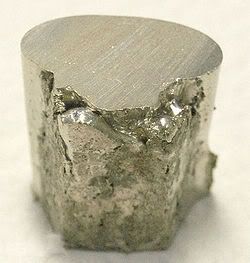
Before we get into practical applications of this element, let us look at some of the more remarkable purely scientific facts about it. First, it is one of only four elements that are ferromagnetic at or around room temperature. That means that it interacts very strongly with a magnetic field, being attracted to a magnet. All materials interact with a magnetic field to a greater or lesser degree, most materials actually being repelled, although very slightly, by one. These materials are termed diamagnetic. Water is diamagnetic, and thus the pictures of the levitating frogs in an extremely strong magnetic field. Here is one:
That frog is not in water! It is suspended in a very high magnetic field (in this cast, around 10 Teslas, a very strong one indeed).
Some materials are paramagnetic, meaning that they are weakly attracted to a magnetic field. Oxygen, and especially ozone, are well known paramagnetic materials. There are others.
Only iron, nickel, cobalt, and gadolinium are ferromagnetic at temperatures close to ambient. It has to do with their electronic structures, and that implies quantum mechanical effects. Now, there are lots of alloys that are ferromagnetic, and theory has guided our design for better magnetic materials, essential in electric motors and other items.
That is not the only anomaly. You freshman chemistry students are familiar with Hund’s Rule to build up electrons in the various shells. Nickel does not conform to Hund’s Rule. It id did, it would have a much lower melting point (see my post here last week about mercury) and a different reactivity. Getting very Geeky here, Hunt’s Rule would predict an electron configuration of 1s2; 2s2, 2p6; 3s2, 3p6; 4s2, 3d8. Actually, the configuration is the same except that the final two are 4s1, 3d9. This has both magnetic and chemical ramifications.
If nickel had the first electronic structure, it would form Ni(II) compounds exclusively, or almost so. But Ni(I) ones are common, in keeping with the second configuration.
The nucleus of nickel also is of interest. Whilst this is controversial, it is now thought pretty much that the nuclide Ni-62 is the most stable nuclide known. The nuclide of iron, Fe-56 has long been thought to be the more stable one, but recent studies tend to indicate that the nickel one is the more stable. That means that one of those two nuclides has the lowest potential energy of all nuclides, and once you get to whichever is really the most stable one, no further energy can be derived from nuclear transformations. To convert whichever is the more stable to any other requires a net input of energy. This is controversial because the difference in ground state energies betwixt those nuclides is pretty close to the uncertainty of the measurements. Whilst we can say that one or another of them is more stable than all other ones, it is still not quite clear which one of them is. I lean towards nickel. A nucleide is just a nucleus of an atom, with no regard to electrons.
Except in some very magnetic alloys, nickel is not used because of its innate magnetic properties. Iron is cheaper and easier to work, so for most purposed is preferred to nickel for that. It is the unique combination of chemical and physical properties that the bulk of nickel is used.
Before we get into that, let us consider whence nickel comes. It is actually a fairly rare element, found in useful amounts as ore in only a few places. There are a couple of theories as to why that is, but I will concentrate on the huge ore body in Canada, the Sudbury Basin deposit. of which I am the most familiar. It is pretty well established that a huge meteor hit there millions of years ago, and is responsible for the nickel ore. What is controversial is whether the nickel came from the meteorite or from the earth itself. Her is why.
Many metallic meteorites are the iron/nickel kind, being high iron alloys with nickel. One school of thought says that the nickel included in the meteorite caused the ore to form, its being low (in comparison with most iron/nickel meteorites) in iron has to do with weathering, the iron being more soluble and thus leached out from rain and snow faster than the less soluble nickel minerals. That may be, but isotopic analyses do not hold for that idea. The better hypothesis is that the impact energy penetrated the mantle of the earth.
That penetration would allow nickel rich materials to be thrust up from recoil action (remember to conserve momentum), and that nickel rich mantle material was suffused into the crust after the impact was over. As far as I can tell, the isotopic ratios seem to confirm the latter idea. I would very much like geologists and other experts to comment on this controversy.
In any event, nickel is not very common. Canada produces about 30% of the world trade in nickel (essentially from this one mine), and Russia provides another 40%, from what I find to be ONE mine, so that 70% comes from only two sources. I wonder if the Russian mine was of meteoric origin as well. Please, folks who know more than I do about this subject, comment.
Well, at least we have the ore. Nickel has been difficult to refine, and as stated earlier, was often thought of as a nuisance. Once it was considered to be valuable, getting it pure became important. However, it is difficult to separate from other elements, especially iron, cobalt, and palladium (the Russian mine is very rich in palladium). But bright minds use basic science to solve problems. That is where a very unusual property of nickel comes into play.
Unlike the common impurities, nickel reacts with carbon monoxide at temperatures just a little over room temperature to form a very volatile and toxic gas, nickel carbonyl. This is the central concept for the Mond Process to extract nickel from the impurities. Conventionally refined nickel, from a smelting process, is ground fine and carbon monoxide is blown through the mix and then diverted to a chamber that is much hotter, and also filled with pure nickel shot from the previous process. At those high temperatures, the nickel releases the carbon monoxide and plates onto the shot as metallic nickel. This process removes almost all of the impurities. The CO released goes back to the blower to generate more nickel carbonyl, and the nickel shot is harvested from time to time, leaving some in the condensation chamber to serve as nucleation sites for more nickel carbonyl that deposits more pure nickel. I know of no other process that uses this technique on such a large scale. If the metallurgists out there do, please comment.
Nickel is an extremely useful material in industry, and you use products made from it just about every day, not even counting coinage. Nickel is an essential component of stainless steel (along with chromium), so if you use flatware, the chances are that you use nickel every day. The elements in toasters and electric ranges and ovens use nichrome wire in the heating elements, as do electric clothes dryers and water heaters. On heat pumps, the “emergency” heat uses a conventional heating element when it is too cold outside for the mechanical system to function efficiently.
Alloys of nickel are often extremely hard and wear resistant. Since the introduction of unleaded gasoline in the mid 1970s, valve seats in engines have been lined with these materials to prevent recession of the seat. Before that, the seats were just machined into the cast iron, and the lead oxide formed during combustion created a cushion between the valves and seats. These so called superalloys see a tremendous amount of use in jet engines and power plant turbines because they are good at high temperature and high stress environments, keeping their strength and corrosion resistance even at extreme conditions.
Even relatively small amounts of nickel when added to regular steel has profound effects in toughening it. Large amounts of nickel are used to make vehicle axles and crankshafts, structural parts where toughness is required, and other similar uses. These uses consume more nickel than the superalloys do, especially when the stainless steels are counted. Typical stainless steel for kitchenware is often 18-8 alloy, meaning 18% nickel, 8% chromium, and the balance iron, often with some carbon to harden it so knives will take a keen edge. Stainless steel has excellent corrosion resistance because of a very thin layer of chromium oxide on the surface. Chromium oxide is very hard and is both water and weak acid resistant, so this material protects the iron under the surface.
In the introduction I mentioned that U. S. five cent pieces are 25% nickel and 75% copper and are commonly called “nickels”. The first small U. S. cent was made of 12% nickel and 88% copper, and were often called “nicks”, as were the 25% nickel as were the 25% nickel three cent pieces. Our current dimes, quarters, and half dollars use this same alloy bonded to a pure copper core. These replaced the 90% silver coins after 1964 (actually, the half still contained silver [40%] until 1970) and have proven to be quite serviceable, even though the color is not quite the same as the old silver coins. Canada used pure nickel for its five, ten, and 25 cent pieces for a long time, but the cost of nickel became so great that all most all Canadian coins are now nickel plated steel (the one cent piece is copper plated steel). Since the U. S. is almost completely dependent on foreign sources for nickel, and because nickel is so critical for the transportation industry (think war mobilization), nickel was eliminated from U. S. five cent pieces from 1942 to 1945.
During those years, these coins were made of an alloy of copper, silver, and manganese. This alloy was much softer than the nickel alloy and after the war they were culled out my the mint (at least, a lot of them were) so the silver could be recovered. To make this culling easier, the mint mark was made extremely large and centered over the top of the dome of Monticello. This was also the first time that any coin minted in Philadelphia had a mint mark. Since modern electronics were not available, this was done to facilitate recognition of these coins by humans, who picked them out by hand.
Another use for nickel that you probably use every day is in rechargeable batteries. Nickel-cadmium (NiCad) and nickel metal hydride (NiMH) batteries are common. Interestingly, Thomas Edison pioneered the use of nickel in rechargeable batteries, and until quite recently the telephone company used banks of Edison cells to power the telephone lines and equipment in case of power outages. When I was in high school, back before nickel poisoning wiped out the dinosaurs, we took a tour of the local telephone company and they showed us their battery room. I assume that generators are taking the place of batteries these days, but I suspect that some are still in use.
An interesting use of a radioactive isotope of nickel, 63Ni, is for an extremely sensitive detector in gas chromatographs. In this detector, beta particles (actually just very fast electrons) are emitted from a foil of the material and impinge on an electronic sensor. The steady current forms the null signal. When vapors of materials analyzed (this detector is particularly good for chlorinated materials) pass through the space betwixt the foil and the sensor, electrons are absorbed and the current is attenuated, thus the signal is the reduction in the current.
Because of its high affinity for carbon/carbon double bonds, nickel is used in industry as a catalyst for hydrogenation. Even though partially hydrogenated vegetable oils are losing favor with consumers, large amounts of them are still being used. The reasons for hydrogenating oil is that they become solid at room temperature, making them useful as shortening for pastries. Due to the physics of the crust, it is almost impossible to make a decent crust with oil. Hydrogenation also increases the shelf life of the fat, making is slower to go rancid in contact with air.
To hydrogenate an oil, it is put in a pressure vessel and a small amount of highly divided nickel metal is added. The vessel is sealed and hydrogen gas is applied whilst the entire mixture is agitated, usually at a somewhat elevated temperature. After the predetermined amount of hydrogen has been absorbed, the nickel is filtered from the product and reused over and over. Without going into the details of the process, it turns out that a nickel atom forms a complex with a double bond of the oil, weakening it. In this weakened state, a hydrogen molecule adds across the weakened double bond, saturating it. The nickel is no longer attracted to the new, single bond so quickly finds another double bond to attack.
The problem is that sometimes the nickel leaves the double bond without any hydrogen being added. Double bonds have the property that there can be no rotation betwixt the two carbons of the bond, but in the case of single bonds there is free rotation. A double bond weakened by interaction with nickel can also rotate. Thus, sometimes the naturally occurring cis (meaning “on the same side”) configuration of the double bond becomes the trans (meaning “apart from”) configuration. The consequence is that healthy cis fats are converted into very unhealthy trans fats. Studies indicate that trans fats are much worse than saturated fats from a health standpoint. Manufacturers are finding other ways to harden fats without producing trans fats, but for now FDA regulations require a statement about the content of trans fat on labels of processed food.
One word of caution: if a “serving” contains less than half a gram of trans fat, the label can say “zero”. To be sure, read the ingredient statement. If it says “partially hydrogenated oil”, then there are trans fats there. By the way, “completely hydrogenated oil” has practically no trans fat, but it is fully saturated and even worse for you than lard or butter!
Vegetable oil is not the only thing that is hydrogenated industrially. The common solvent, cyclohexane, is made by hydrogenating benzene completely. Many other industrial products and pharmaceuticals are produced by hydrogenation, and the petroleum industry uses to in the process called catalytic reformation to prevent accumulation of carbon deposits in the equipment.
It is interesting to speculate that nickel steel was probably the first form of iron that humans ever used. Iron does not occur free in nature, or even alloyed with nickel, save but from one source: meteorites. Most metallic meteorites are 10% nickel, give or take, and the remainder mostly iron. There are documented cases
of tools made of meteoric iron that predate the iron age. Interestingly, tools made from this material probably had better properties than the early iron ones made from iron refined from ore. Due to the scarcity of meteoric iron, it was never used to a very large extent.
Nickel is generally thought to have a fairly low toxicity, but there are certain exceptions. As I mentioned earlier, nickel carbonyl is extremely toxic, in part because of the carbon monoxide that is liberated into the body when it is inhaled. On a molar basis, it would be four times more toxic than pure carbon monoxide on a volume basis because, remember back from high school, a mole of any gas occupies 22.4 liters. Since the nickel carbonyl has four COs attached to it, 22.4 liters of that material would have as much CO as almost 90 liters of pure CO.
Studies indicate that some nickel compounds are carcinogenic, so OSHA has implemented workplace exposure limits for nickel compounds. In normal day to day life there is very little danger from nickel toxicity. A much more serious threat is allergy, some of them serious. Stainless steel inserts for piercings are notorious for causing allergic reactions, and if you have any piercings that just do not seem to feel right, or if you recently changed the insert and encountered problems, nickel could well be the trouble. Remove the insert and allow the piercing to heal, then try again. If the dermatitis returns, you can be pretty sure that this is the trouble. Manufacturers are beginning to make inserts with no nickel, so you could look into that.
Actually, this is not at all a new problem. Seamstresses have known for a hundred years that some people could not keep straight pins in their mouths, a common habit for those who work with cloth on a custom basis, without breaking out with a dermatitis. Back in the day, pins were nickel plated steel (that is why there is the little strawberry filled with sand to remove rust from the tip of the pin as the plating wore away). I am not sure if stainless steel is being used for modern pins, but for those sensitive they probably would not be much better. I have never heard of anyone becoming sensitized to nickel containing coins, but I guess that it is possible, but such sensitivities take long term, continuous contact. Even bank tellers hardly ever have that kind of contact now with automatic coin sorters. Besides, and I know this is sort of offputting, but when you handle coins except for the very newest ones, you are not touching the metal so much as you are touching a coating composed of grease from hand oils, dirt, bacteria, viruses, and mold spores. Bon appetit!
Well, you have done it again. You have wasted many einsteins of perfectly good photons reading this devilish piece. And even though Sarah Palin stops calling the media nasty names on the TeeVee when she reads me say this, but I always learn much more than I could possibly hope to teach writing this series, so keep those comments, questions, corrections, and other thoughts coming. Remember, no scientific or technical issue is off topic here.
Warmest regards,
Doc
Crossposted at Docudharma.com and at Dailykos.com
































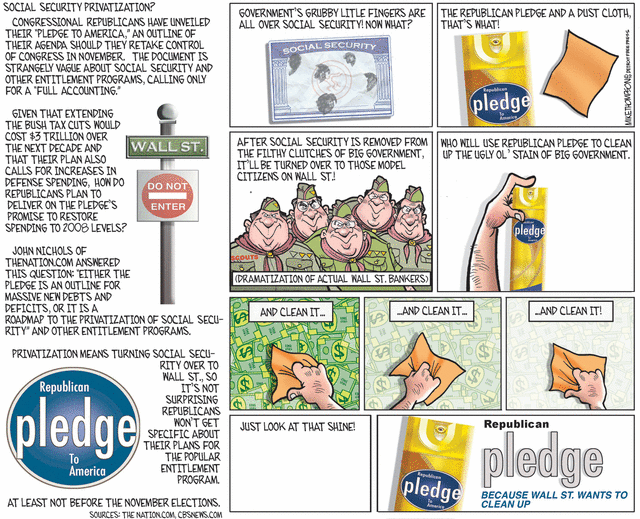









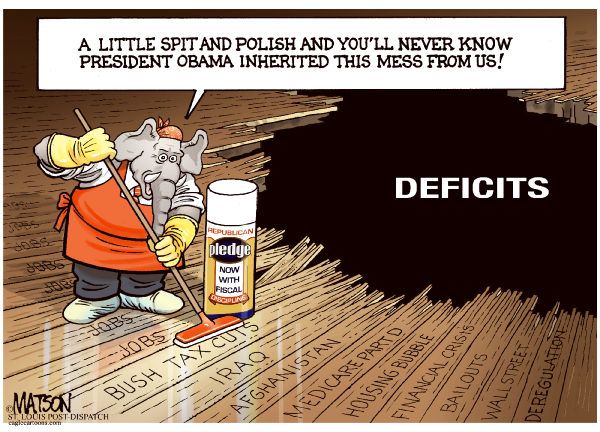























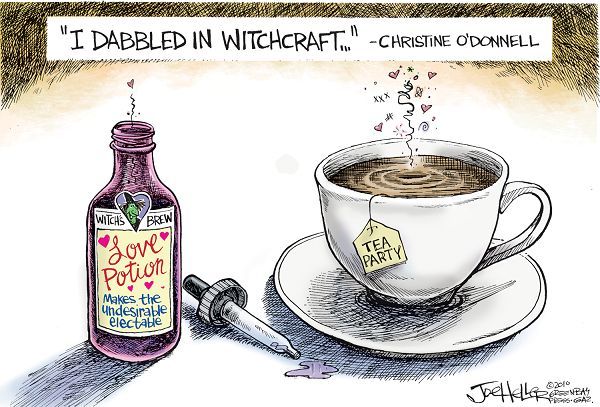








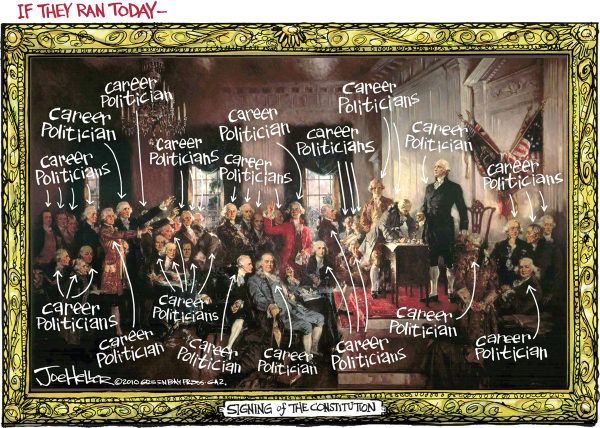












































 Commencement speech at the New School University in New York on May 21, 2004
Commencement speech at the New School University in New York on May 21, 2004

Recent Comments